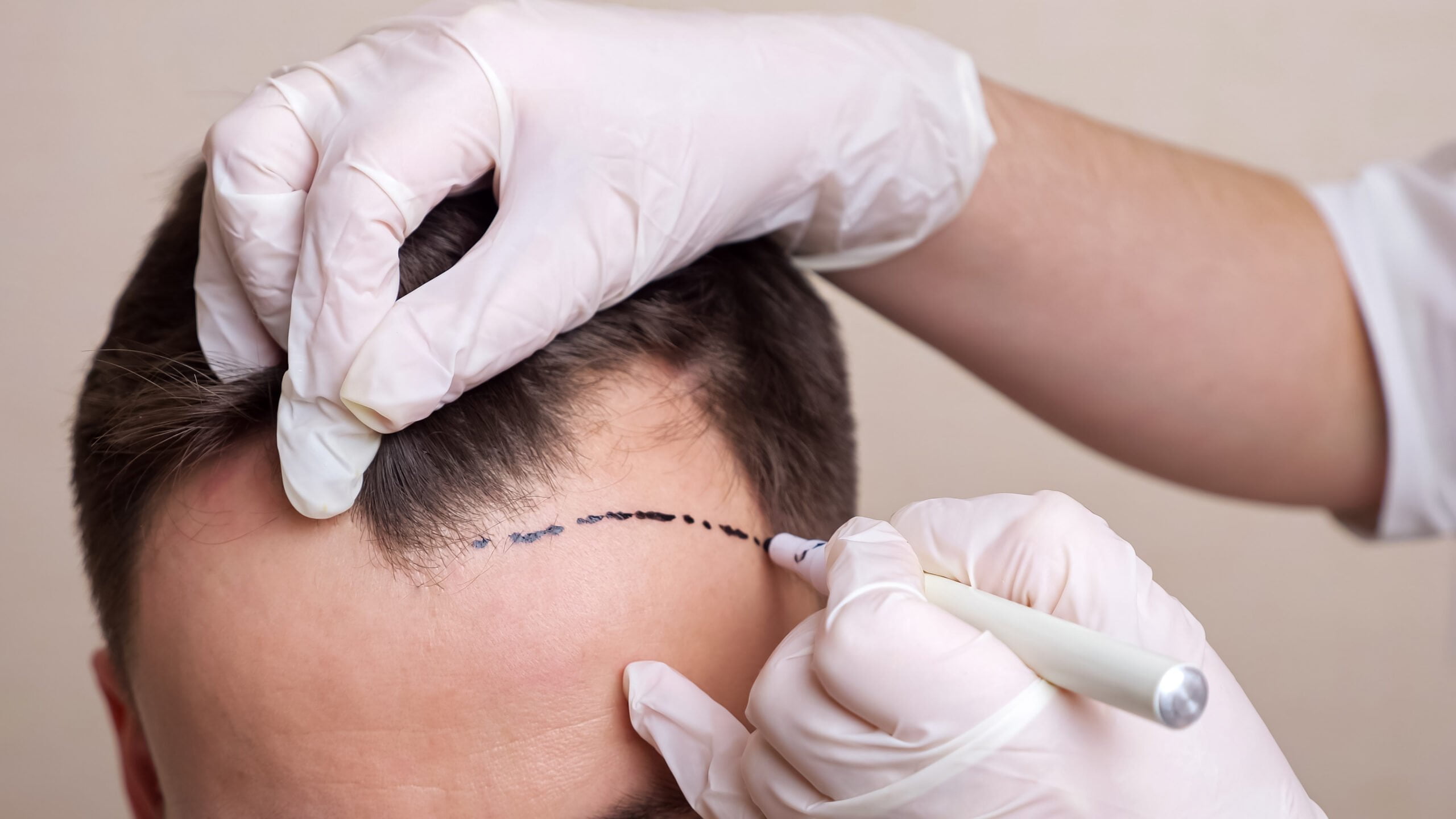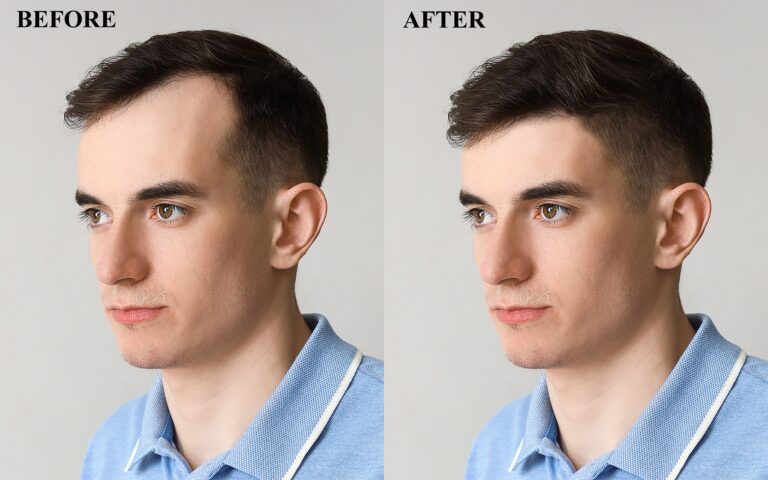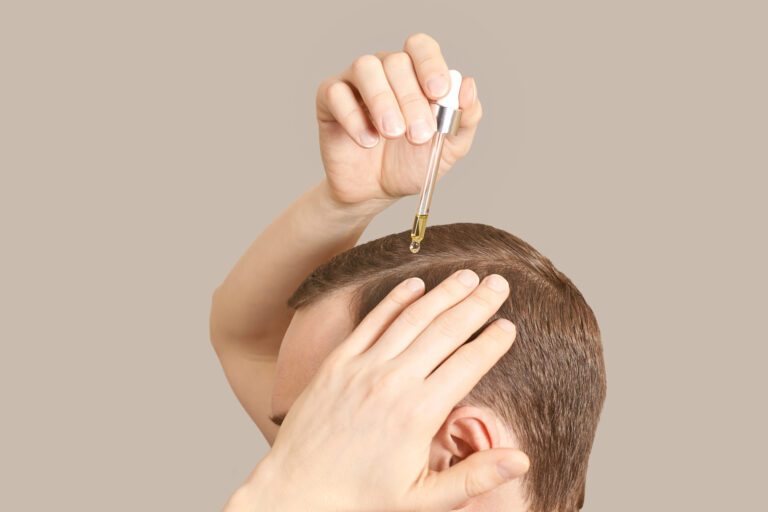How to Choose the Right Hairline for Your Hair Transplant: Low vs. Natural
Your hairline is the first thing others notice about your hair. So, a slight recession in this area can significantly impact your appearance. What if the recession is 2 to 3 inches or more?
That’s why millions of men resort to hairline hair transplant surgeries every year to restore their receding temples and thinning hair.
Nonetheless, a poorly transplanted hairline can be as bad as a receded one. So, before you decide on a hairline hair transplant, there are some essentials to know.
In this post, we’ll walk you through how to choose the best hairline for your transplant.
What Do Natural Hairlines Look Like?
A natural hairline can take different shapes and positions. That way, it may be challenging to determine if yours is normal or receding.
To help you with that, here’s how the natural hairlines typically look like:
- Can be in a low, middle, high, or uneven position
- Have imperfections, like slight recession or varying heights
- May take a V-shaped pattern
- Might recede about an inch higher from its original position
- Don’t recede for more than one inch
- Don’t experience rapid and continuous hair loss
What Is a Hair Transplant for Receding Hairline?
A hair transplant for the hairline is an FUE procedure. It includes taking hair from the donor areas and then transplanting it to the receded region.
This transplant surgery, in particular, requires accurate planning for future hair loss. That’s because any unexpected hair loss in the future may lead the transplanted hairline to look fake.
After the surgery, the newly transplanted hair takes one year to grow naturally. Most interestingly, it lasts up to over 20 years.
Do Hair Transplants Look Natural?
Yes, transplanted hair can look exactly the same as the original one. For that to happen, the hairline should be designed in consideration of future hair loss.
It also should go with the normal shape of your hair. Luckily, an expert surgeon can easily provide these specifications.
How to Choose the Right Hairline for Your Hair Transplant?
Here’s a step-by-step guide to choosing the right hairline for you with the help of your doctor:
1. Evaluate Your Current Hairline Condition
Your physician will use the Norwood Scale to assess the extent of your hairline recession. This step is essential to anticipate how the new hairline will blend in with the existing hair.
Your hairline may be below the 3rd level on the scale. In this case, it’ll look better if you restore it fully.
On the other hand, your hairline might fall into a level above the 3rd one o the scale. For this instance, it’ll blend better with other hair if you just return it to the 2nd or 1st category.
2. Measure the Available Hair in the Donor Areas
The hair density in the donor regions determines the amount you can transplant.
So, if the hair in these regions is highly dense, you’ll have sufficient grafts to get your sought-after hairline.
Conversely, the available hair in the donor areas may be limited. In this case, the goal will be to reach only a satisfactory level of coverage.
3. Plan for Future Hair Loss
Your surgeon will thoroughly evaluate your hair loss pattern and its expected shape in the future.
Thus, they’ll create an accurate transplantation plan. This plan will ensure that the new hairline will be suitable for you now and in the future as you age.
4. Choose a Hairline That Replicates Your Original One
Your new hairline must match your original one so that it appears natural. The following are the attributes of a natural hairline transplant:
Matches Your Face Shape
A hairline design that conforms to your natural facial contours will be the most successful.
For instance, if you have a narrow-shaped head, a less flared hairline would complement your face well.
On the other hand, if you have a round face, you may benefit from a more rounded design.
Has an Imperfect Pattern
The original hairline typically follows a zigzag pattern. So, the transplanted one should do the same.
Changes to this original zigzag pattern during a hair transplant hair line can result in an unnatural appearance.
Follow the Right Hair Direction
The hairline contains points of intersection between the front and sides of the head. The hair in each of the two areas grows in different directions.
Given this, an expert surgeon will consider the correct angle for each hair region. This is to create a harmonious final hairline.
5. Don’t Opt for a Low Hairline
A low hairline may be a favorable choice for you if you have minimal expected hair loss. It can also be a good option if low hairlines are prevalent among your family members.
However, it isn’t recommended if you don’t meet any of the two criteria.
This is because a low hairline needs a tremendous number of grafts from the donor regions. As a result, it can lead to running out of donor follicles at an early age.
In this case, it’d be impossible to transplant more bald areas in the future.
Another drawback is that as you age, other scalp areas may start to thin, and temples recede. So, a low hairline with a bald back region will appear unappealing.
Keep in mind that it’s easier to lower a high hairline in the future. Conversely, if you want to raise your low hairline, this can be extremely complicated.
6. Decide Your Hair-Stabilization Option
The final yet vital step is to plan for dealing with potential future hair loss after a hair transplant for a receding hairline.
To handle this, some people opt for additional hair transplants. Other patients may prevent their potential hair loss using medications like Finasteride.
That said, to pick the best choice, you need to weigh the pros and cons of all the available options. In addition, you need to consult your doctor.
The Bottom Line
A hairline hair transplant can be a perfect solution for receding hairlines. Nonetheless, choosing the right hairline is vital to avoid an unnatural appearance.
To do so, you’ll need to assess your current hair condition and the density in the donor areas. Plus, you should consider your age and expected future hair loss.
Furthermore, ensure your surgeon will replicate your exact original hairline.







